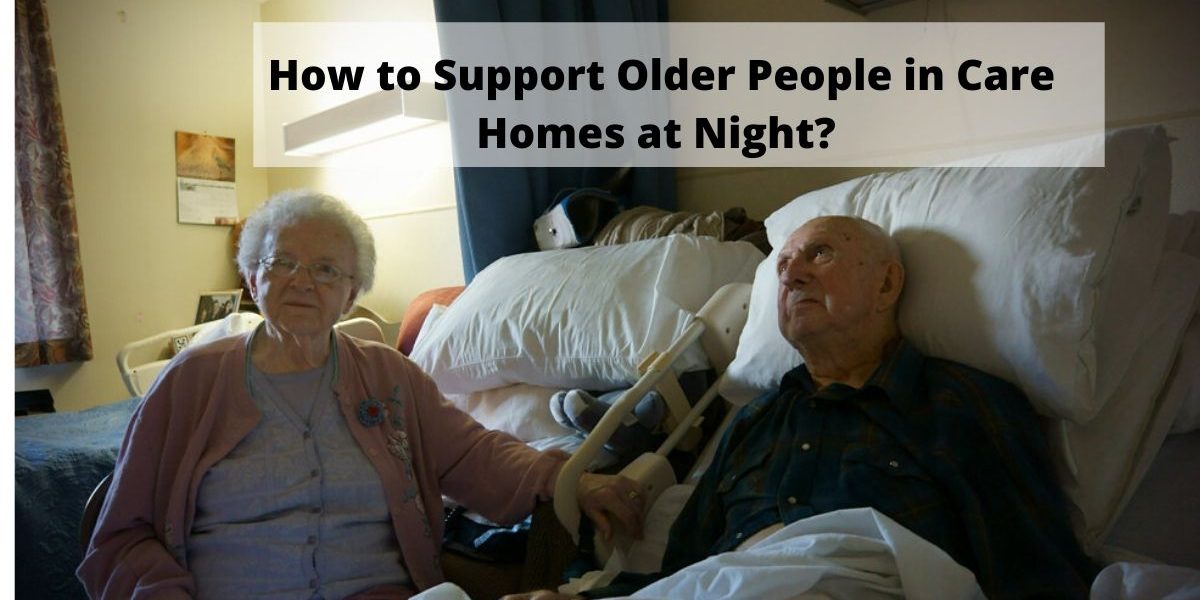Caregiving itself is tough. Nighttime caregiving can be tougher. During the night hours, older people often face difficulty sleeping. Thus, caregiving at night can be as busy as it is during the day time. It is, therefore, essential that overnight care is tailored to make the old people feel safe, secure, and reassured. We’ve rounded up a few tips that can help you ensure that the residents at care homes receive the care they need at night:
1) Understand the patients’ night time needs: Often people move to care homes as their nighttime needs can no longer be addressed at home. If a patient has a medical condition like dementia or Alzheimer’s, they may become disoriented at night. They may get up at night and want to go for a walk. Some patients with chronic disease may have an overactive bladder and may assist in using the toilet. Knowing a patient’s individual medical needs can help the care homes tailor the night time care accordingly.
2) Effective handover between nighttime and daytime caregivers: There should be an effective system in place so that the day staff and night staff are able to communicate with each other effectively. When vital information is routinely shared and discussed, care workers can care for the patients better. For instance, if a patient has missed his or her medications in the day, then the night staff should be kept in the loop.
Avoid communication-related medication errors with eMAR
eMAR streamlines communication between care workers who work in different shifts. It helps to improve the workflow as it makes handover easy. With electronic medication administration records, the staff would get to know if a patient has not been administered a particular medicine. The medication records are available electronically, keeping all the staff members informed that too on a real-time basis. If you are using MAR sheets for medication, book an eMAR demo today to know how you can streamline medication administration at your care homes
3) Reduce the risk of injury: Darkness can further increase the risk of patients falling and injuring themselves. Care homes must consider that patients may suddenly get up in the middle of the night with the feeling of confusion. Placing motion sensor lights in their rooms and passageway can help caregivers reach out to the patients on time. Besides, ensuring adequate lighting, efforts should be made to keep the passageways clear. There should be no rugs or mats over which the patients can trip.
4) Keep the patient active in the day: Planning daily activities like walks, exercises and other activities in the day can help regulate the body clock of the patients. Also, after taking part in engaging activities in the day, the patients may have a good night’s sleep. Also, keep the caffeine intake in check and ensure their nap time is not closer to the night time.
We hope you find the above tips useful in managing the patients’ nighttime routine!







